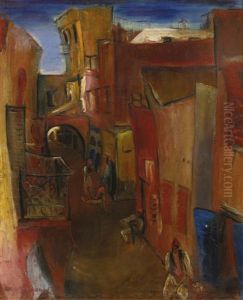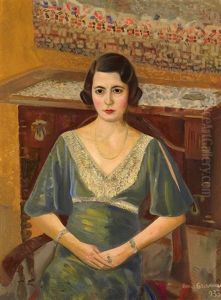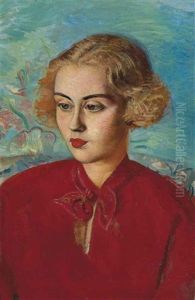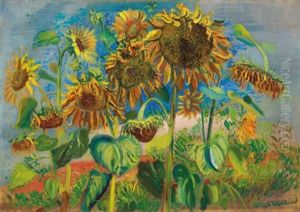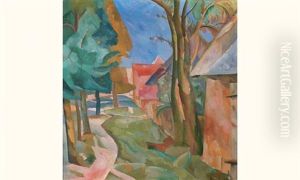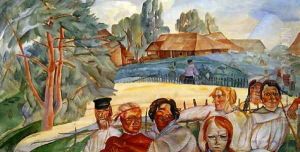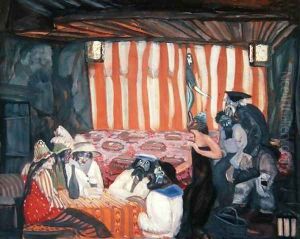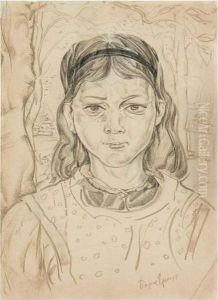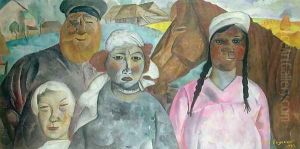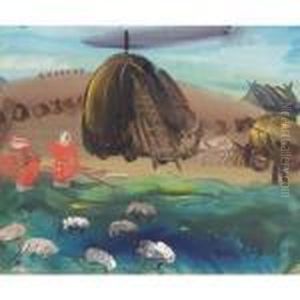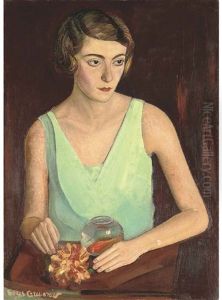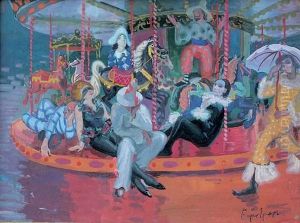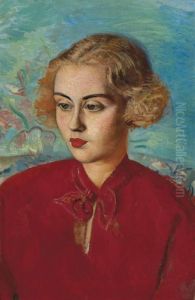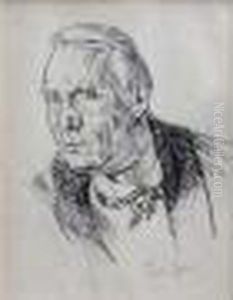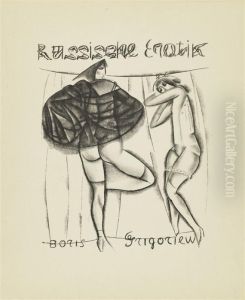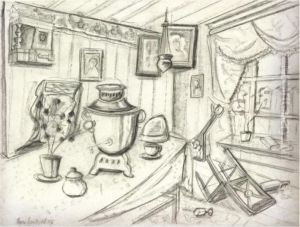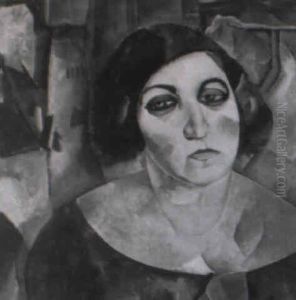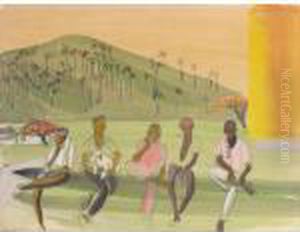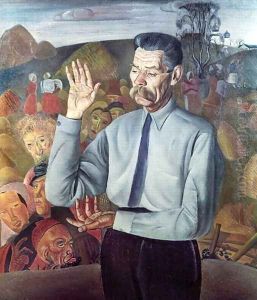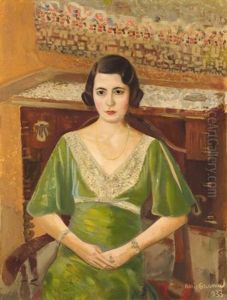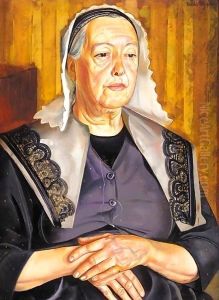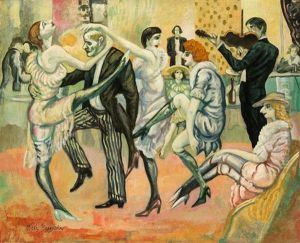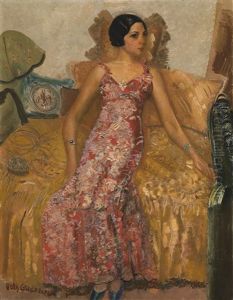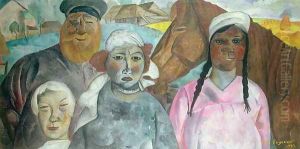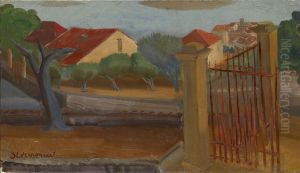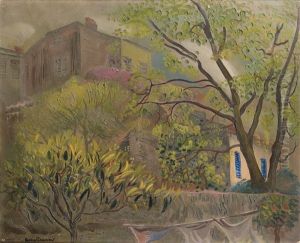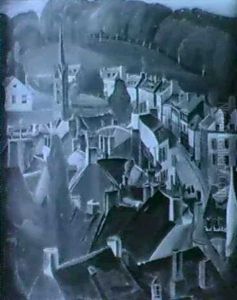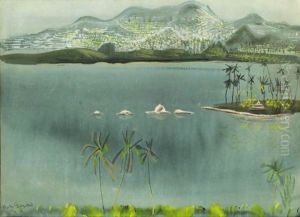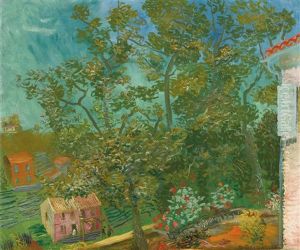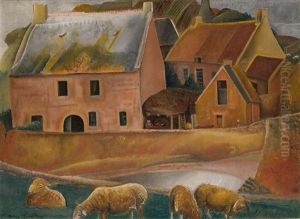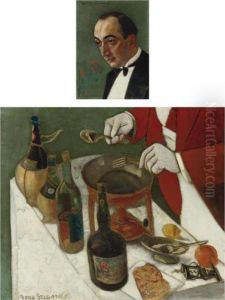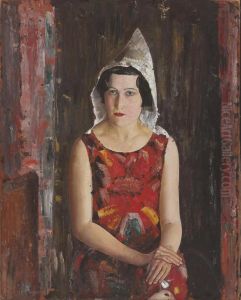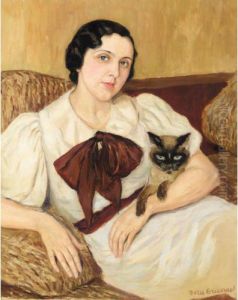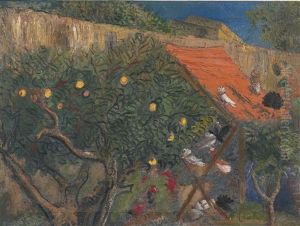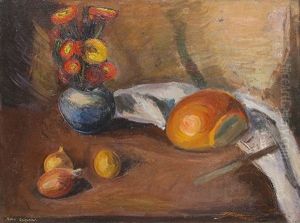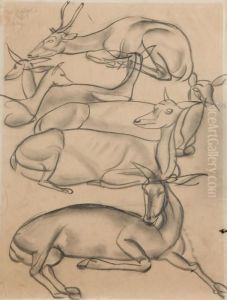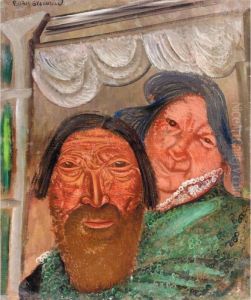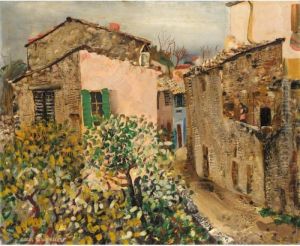Boris Dmitrievich Grigoriev Paintings
Boris Dmitrievich Grigoriev was a Russian painter and graphic artist, renowned for his depictions of the Russian peasantry and his portrayal of the human condition. Born on July 11, 1886, in Moscow, Grigoriev grew up during a time of significant social and political changes in Russia. He was educated at the St. Petersburg Academy of Arts between 1903 and 1907, where he studied under Dmitry Kardovsky. His early works were influenced by the Art Nouveau movement, but he gradually shifted towards a more expressive style.
In the years leading up to the Russian Revolution of 1917, Grigoriev traveled extensively. He spent time in various European countries, including France and Spain, which broadened his artistic horizons. His experiences during this period led to the creation of his best-known series, 'The Faces of Russia,' which depicted the diverse types of Russian people. These works are characterized by their poignant portrayal of the subjects, often highlighting the hardships endured by the Russian peasantry.
During the upheaval of the Russian Revolution, Grigoriev left his homeland and settled in France. While living in exile, he continued to develop his artistic style, which became known for its combination of realism and symbolism. Grigoriev's art during this period often expressed a sense of nostalgia and melancholy for his lost homeland.
Grigoriev's work enjoyed considerable success both in Russia before the revolution and among the Russian diaspora in Europe afterward. However, his art was less well-known in the broader European context, overshadowed by the likes of his contemporaries such as Marc Chagall and Wassily Kandinsky. Despite this, he held several successful exhibitions, including in Paris and New York, and his work was appreciated for its emotional depth and its critical perspective on social issues.
Boris Dmitrievich Grigoriev died on February 7, 1939, in Cagnes-sur-Mer, France. Although Grigoriev's name may not be as widely recognized as some of his contemporaries, his contributions to Russian art have been reassessed over time, and he is now considered one of the important figures in the Russian art scene of the early 20th century. His paintings are part of collections in major museums around the world, serving as a poignant reminder of the cultural and human landscape of pre-revolutionary Russia.
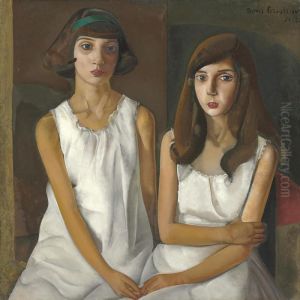
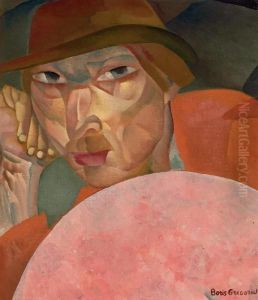
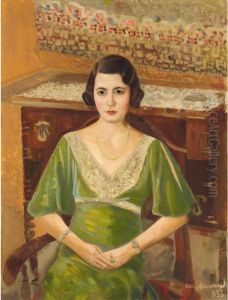
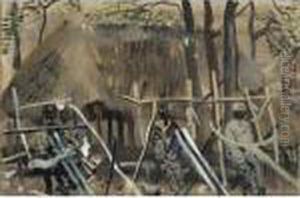
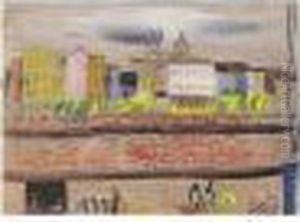
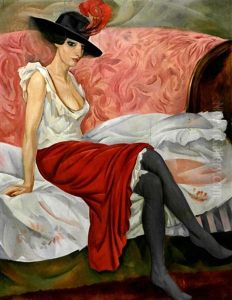

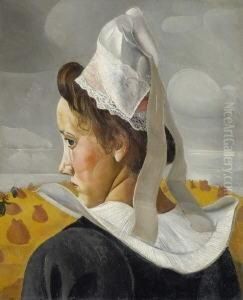
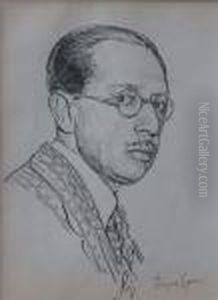
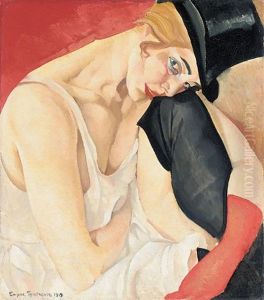
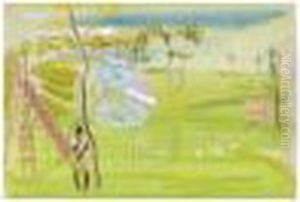
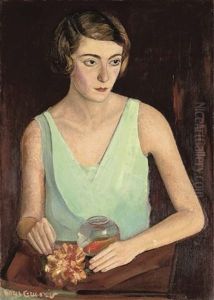
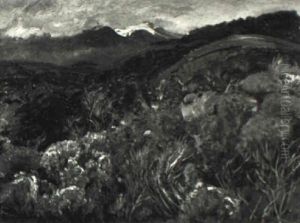

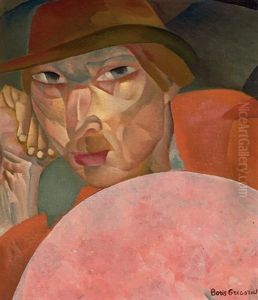
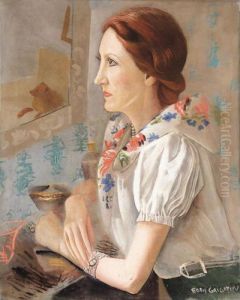
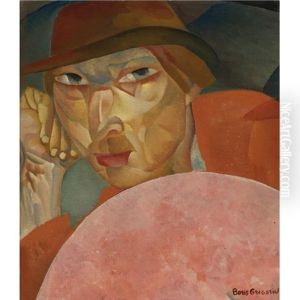
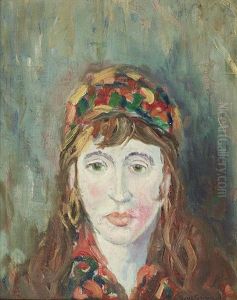
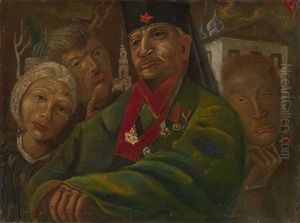
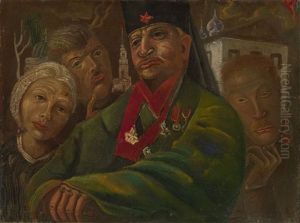
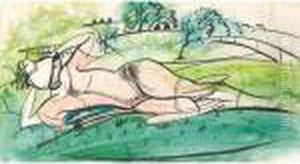
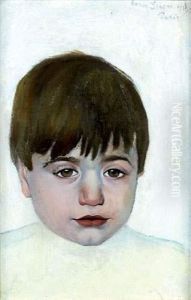
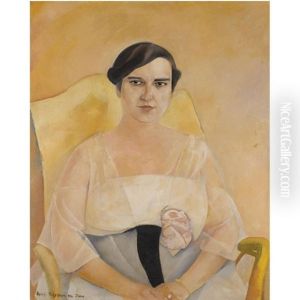
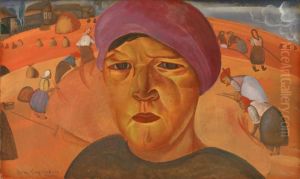
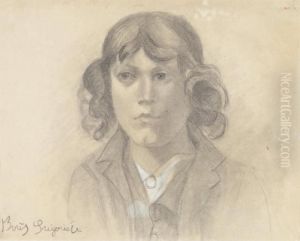
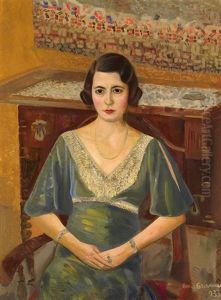
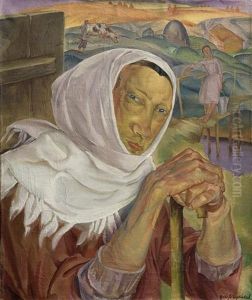
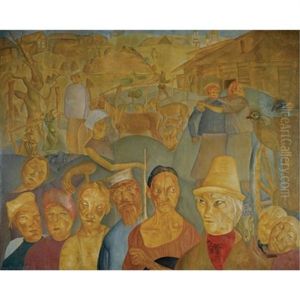
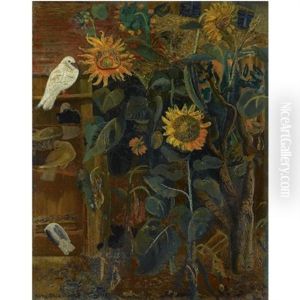
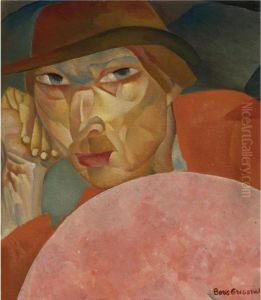

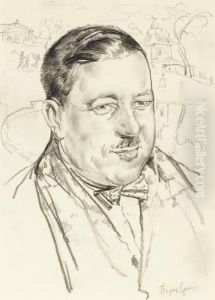
![Skomorokhi [the Buffoons]](https://www.niceartgallery.com/imgs/3166569/s/boris-dmitrievich-grigoriev-skomorokhi-the-buffoons-e6023ef9.jpg)
